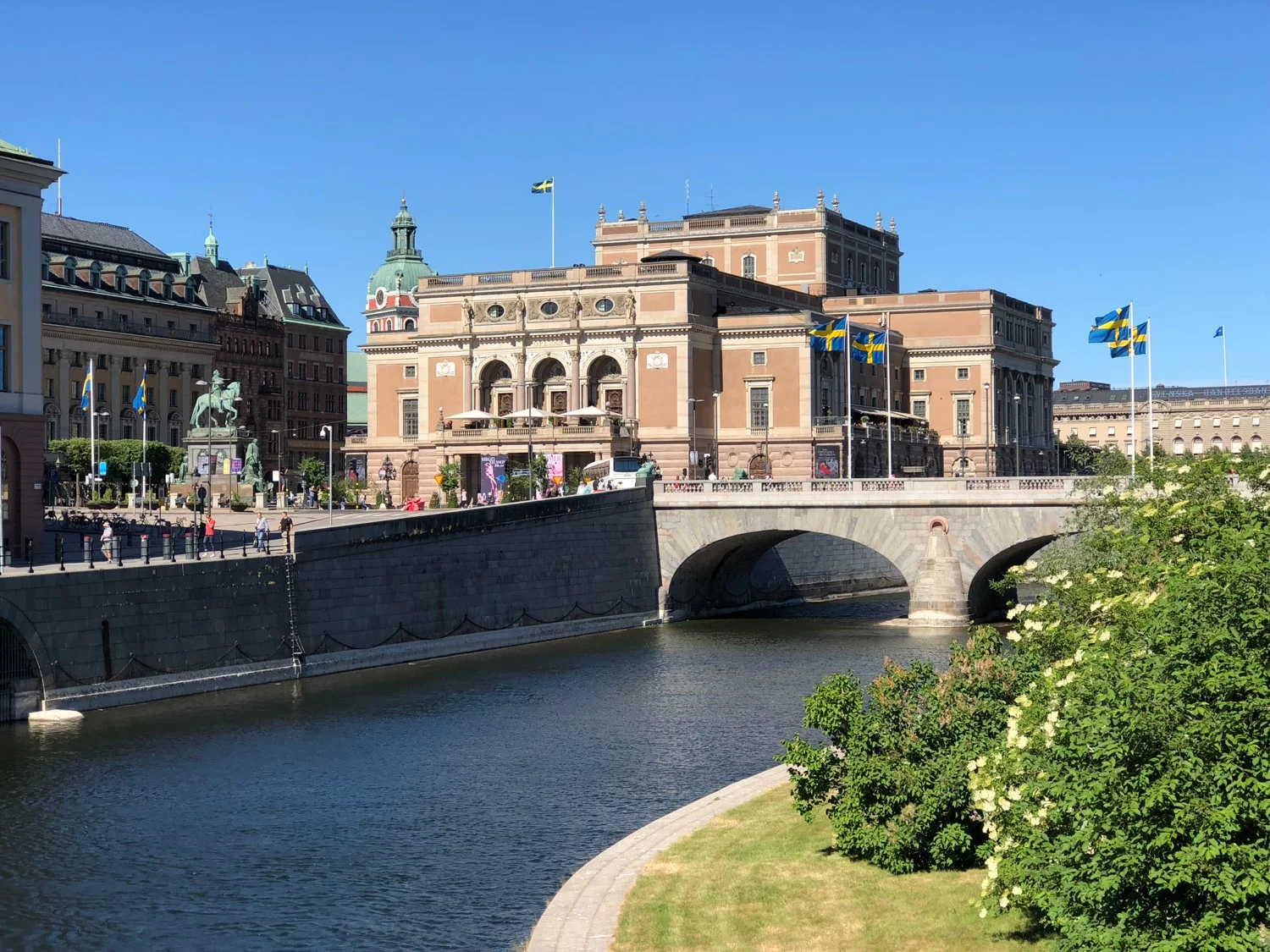A catch up post from my last trip to Europe. I ended up with part of a weekend (Friday night/Saturday) in Stockholm after our meetings, then was back to Toulouse for a week in the office. This post will be all photos, as I have a huge number of new photos to go through and expect it’s going to take me a long time to get caught up…
Stockholm, Sweden
June 2018









On the Water
The Stockholm waterfront
Even while on work trips, I can find birds to shoot...
The Vasa
The coolest museum in Stockholm






Vasa (or Wasa) is a retired Swedish warship built between 1626 and 1628. The ship foundered after sailing about 1,300 m (1,400 yd) into its maiden voyage on 10 August 1628. It fell into obscurity after most of her valuable bronze cannons were salvaged in the 17th century until she was located again in the late 1950s in a busy shipping lane just outside the Stockholm harbor. Salvaged with a largely intact hull in 1961, it was housed in a temporary museum called Wasavarvet ('The Wasa Shipyard') until 1988 and then moved permanently to the Vasa Museum in Stockholm. The ship is one of Sweden's most popular tourist attractions and has been seen by over 35 million visitors since 1961. Since her recovery, Vasa has become a widely recognised symbol of the Swedish 'great power period' and is today a de facto standard in the media and among Swedes for evaluating the historical importance of shipwrecks.
The ship was built on the orders of the King of Sweden Gustavus Adolphus as part of the military expansion he initiated in a war with Poland-Lithuania (1621–1629). It was constructed at the navy yard in Stockholm under a contract with private entrepreneurs in 1626–1627 and armed primarily with bronze cannon cast in Stockholm specifically for the ship. Richly decorated as a symbol of the king's ambitions for Sweden and himself, upon completion she was one of the most powerfully armed vessels in the world. However, Vasa was dangerously unstable and top-heavy with too much weight in the upper structure of the hull. Despite this lack of stability she was ordered to sea and foundered only a few minutes after encountering a wind stronger than a breeze.
The order to sail was the result of a combination of factors. The king, who was leading the army in Poland at the time of her maiden voyage, was impatient to see her take up her station as flagship of the reserve squadron at Älvsnabben in the Stockholm Archipelago. At the same time the king's subordinates lacked the political courage to openly discuss the ship's problems or to have the maiden voyage postponed. An inquiry was organised by the Swedish Privy Council to find those responsible for the disaster, but in the end no-one was punished for the fiasco.
During the 1961 recovery, thousands of artifacts and the remains of at least 15 people were found in and around the Vasa's hull by marine archaeologists. Among the many items found were clothing, weapons, cannons, tools, coins, cutlery, food, drink and six of the ten sails. The artifacts and the ship herself have provided scholars with invaluable insights into details of naval warfare, shipbuilding techniques and everyday life in early 17th-century Sweden. 1
Toulouse, France
Not a lot to share this time
My week in Toulouse was pretty quiet. It rained the whole week, so there's not a lot to share...
























